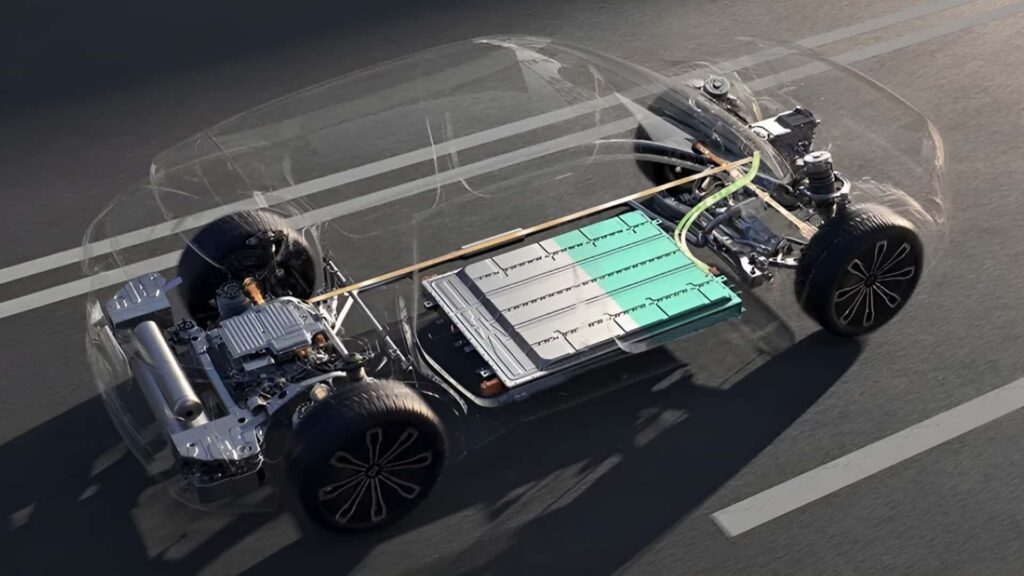The global electric vehicle (EV) adoption projections have been revised by BloombergNEF, citing a slowdown in the U.S. market as a key factor. However, amidst this change, a new trend is emerging in the form of extended-range electric vehicles (EREVs).
EREVs are not entirely new, with the Chevy Volt being an early example of this technology. However, a new generation of EREVs is gaining popularity, especially in China. These vehicles operate primarily on battery power but also have a gas generator as a backup, providing an added layer of flexibility for drivers.
According to BloombergNEF’s Electric Vehicle Outlook 2025, EREVs are experiencing rapid growth globally, driven primarily by demand in China. These vehicles function as hybrids that rely heavily on electric power, with the ability to be plugged in for recharging. The presence of a gas engine as a generator ensures that the battery remains charged, especially in situations where charging infrastructure may be limited.
In China, EREV sales saw an 83% increase in 2024, with the average vehicle featuring a 39-kilowatt-hour battery pack and an electric-only range of 170 kilometers. The adoption of EREVs is projected to surpass plug-in hybrids in China by the end of the decade, marking a significant shift in consumer preferences towards more electrically driven vehicles.
While the U.S. market has seen a slowdown in EV adoption, several automakers are gearing up to introduce EREVs to cater to consumer demand. Stellantis, Nissan, Ford, and Scout Motors are among the manufacturers planning to launch EREV models in the coming years, offering a mix of electric and gas-powered options to suit different consumer preferences.
EREVs are seen as a potential bridge towards full electrification, offering a balance between electric power and the convenience of a gas backup. As charging infrastructure continues to improve, EREV owners are likely to transition towards using electricity more frequently, reducing their reliance on the gas generator.
In conclusion, while EREVs may not be a complete solution to climate challenges, they represent a step towards a more sustainable transportation future. By combining the benefits of electric and gas power, EREVs offer a versatile option for consumers looking to transition away from traditional gas-powered vehicles. As the automotive industry continues to evolve, EREVs are poised to play a significant role in the ongoing shift towards electrification.

